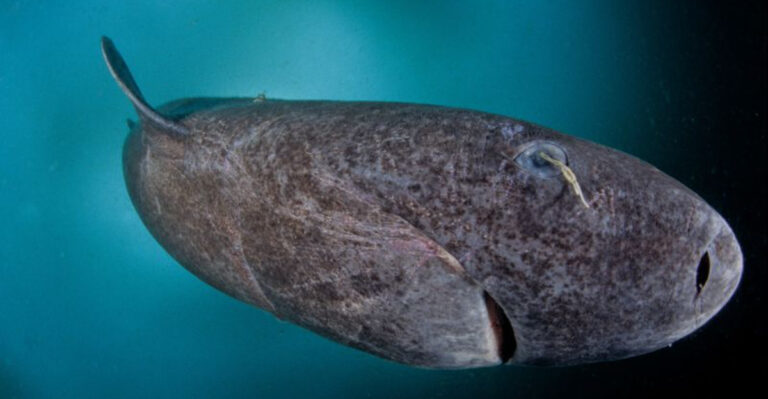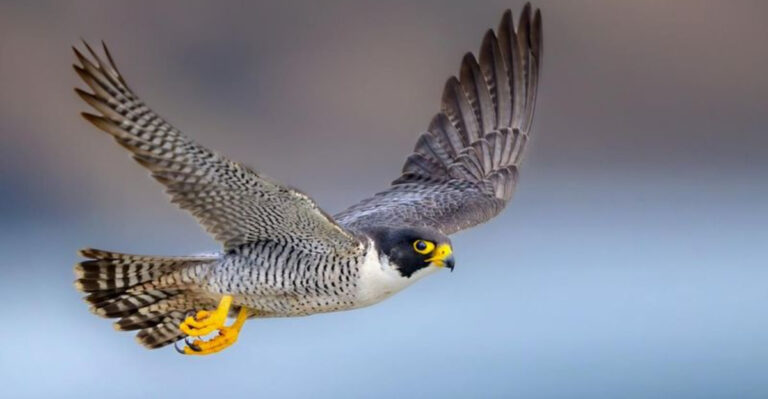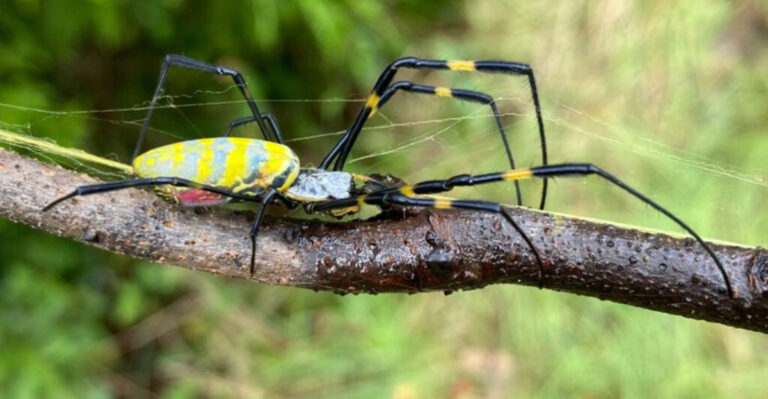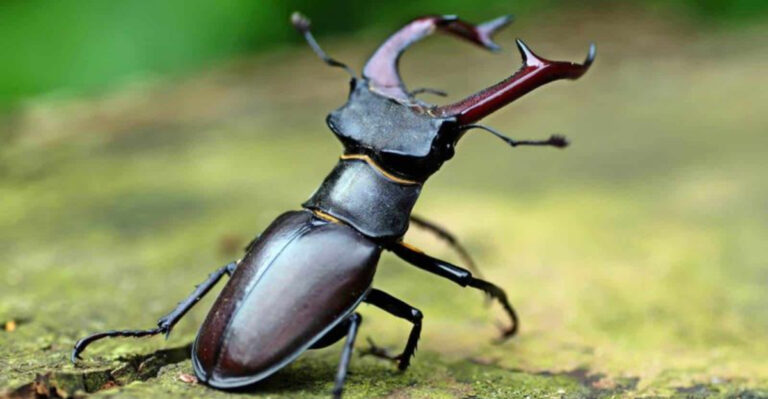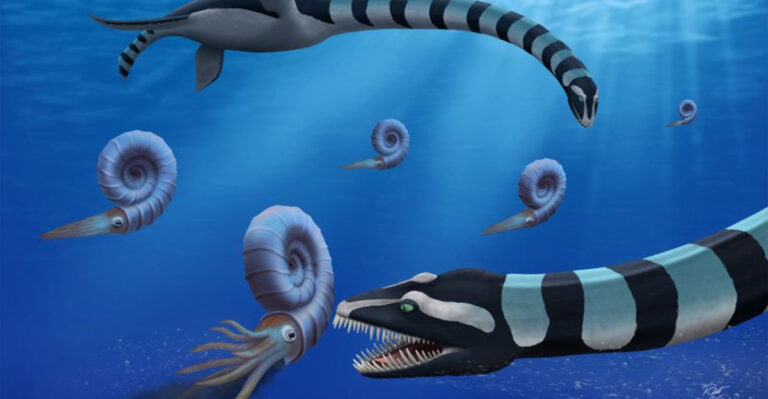33 Countries Home To The Most Bizarre Animals You Never Even Seen Before
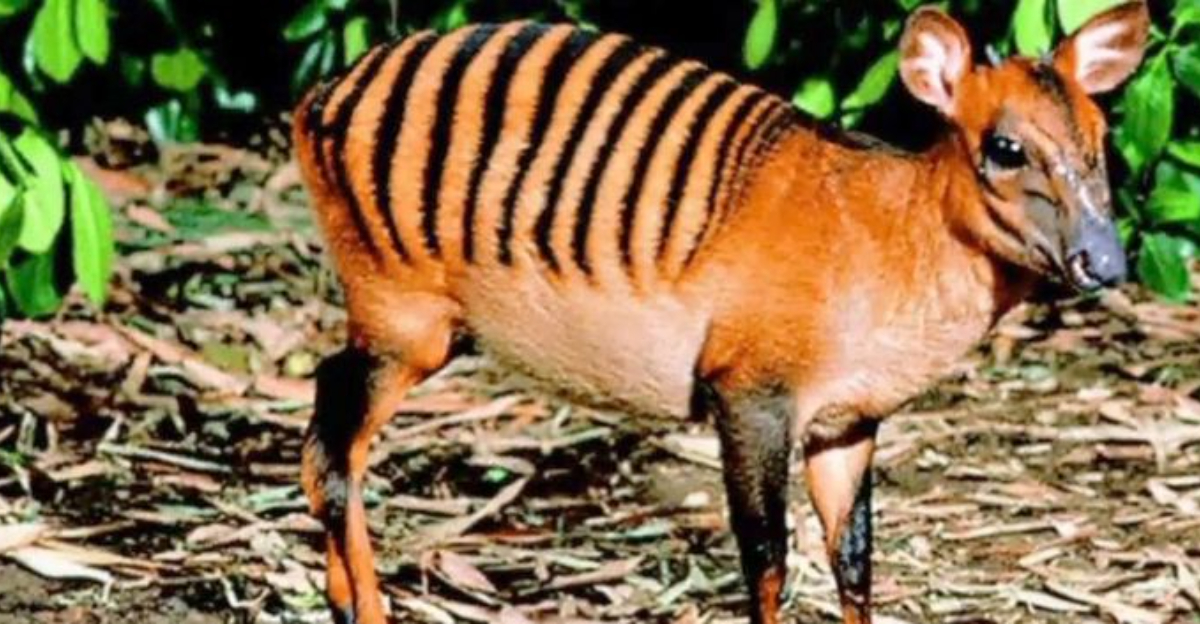
The animal kingdom is full of surprises, and some of the most bizarre creatures are waiting to be discovered in the most unexpected corners of the globe.
From glowing insects to rare amphibians, there are countless species you’ve likely never seen before. In this article, we explore 33 countries that are home to the world’s most unusual and captivating animals, each more bizarre than the last.
1. Kiwi Bird (New Zealand)
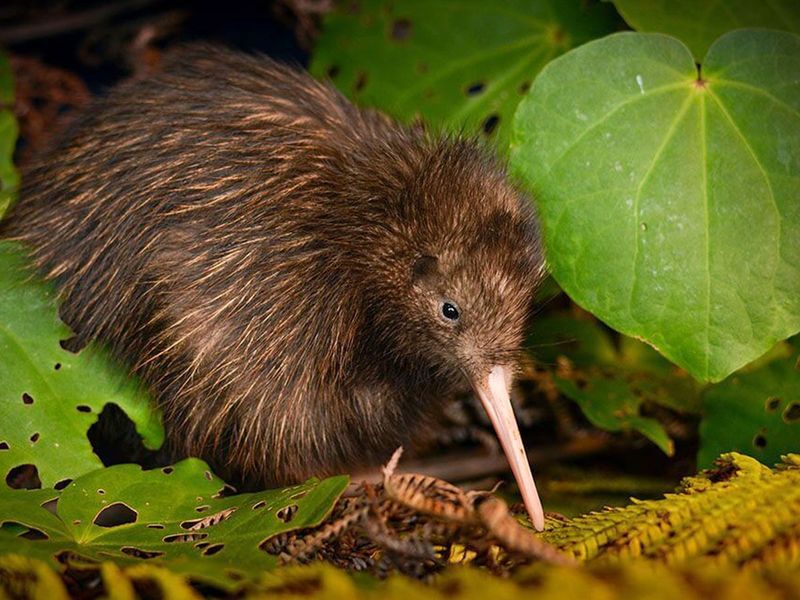
In the lush landscapes of New Zealand, the Kiwi bird stands as a symbol of unique evolution. With its long beak and flightless nature, this nocturnal bird resembles a walking feathered mystery.
Despite being a bird, the Kiwi defies avian norms, lacking the capability to fly. Its feathers resemble hair, adding to its peculiar charm.
As a national icon, the Kiwi holds a special place in New Zealand culture, symbolizing the country’s distinct wildlife heritage.
2. Thorny Devil (Australia)
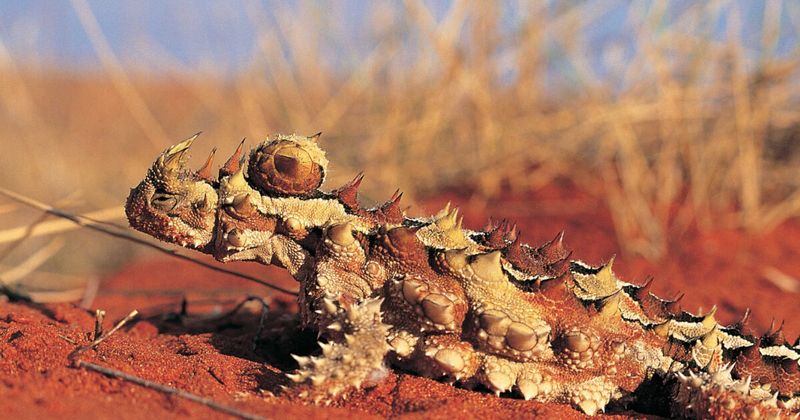
The Thorny Devil, a reptilian oddity native to the arid deserts of Australia, boasts an appearance that is as intimidating as it is fascinating. Covered in spikes, this small lizard’s unique adaptation helps deter predators.
Despite its fierce look, the Thorny Devil is a harmless insectivore. Its diet mainly consists of ants, which it consumes in large quantities using its sticky tongue. Remarkably, this creature can change color to blend into its surroundings.
3. Aye-Aye (Madagascar)
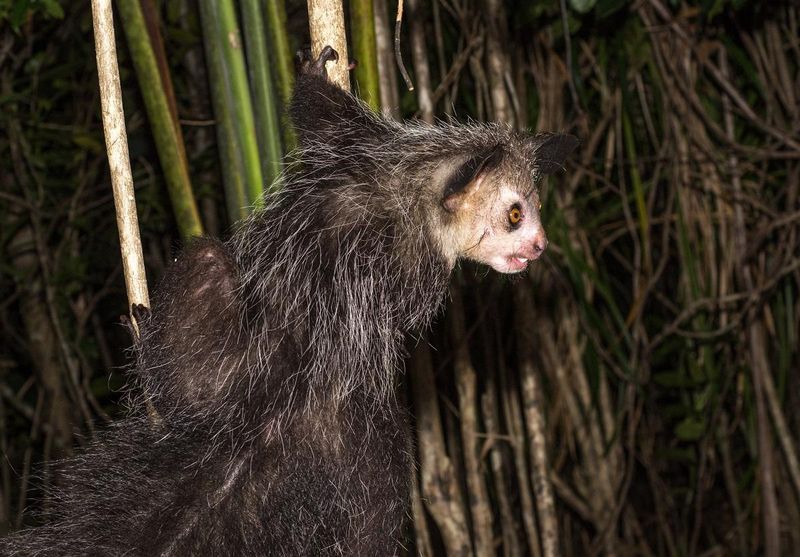
In the dense forests of Madagascar, the aye-aye lurks at night, an eerie harbinger with eyes that seem to pierce the darkness.
Its elongated middle finger taps on tree bark, listening for the hollow sound of insects hiding within. This strange creature is a master of disguise, often mistaken for a spirit by local villagers.
With its bushy tail and gremlin-like appearance, the aye-aye is a true testament to nature’s creativity. Each encounter with this elusive animal feels like a brush with the uncanny.
4. Saiga Antelope (Kazakhstan)
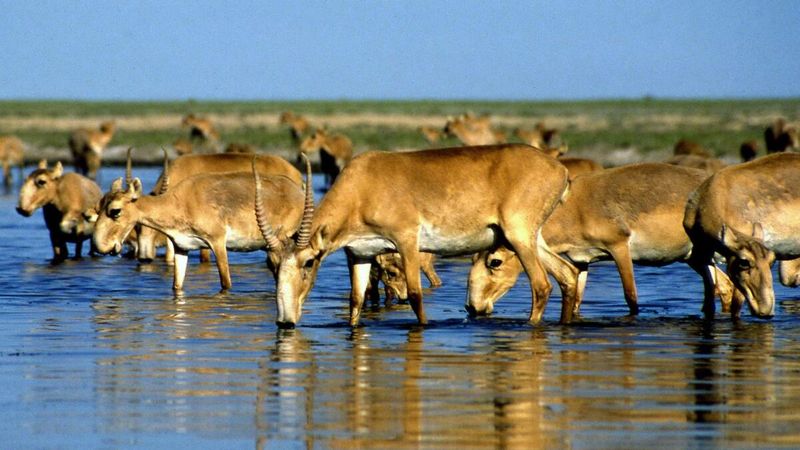
Amidst the vast steppes of Kazakhstan roams the saiga antelope, a creature straight out of a fantasy novel. Its bulbous nose, an air-filtration system, helps it breathe in dusty environments.
The saiga travels in large herds, a sight that turns the steppe into a moving tapestry of life.
Their unique appearance, with spindly legs and curious faces, evokes both wonder and concern, as their numbers dwindle. Conservation efforts are vital to keep this peculiar species from fading into myth.
5. Pangolin (China)
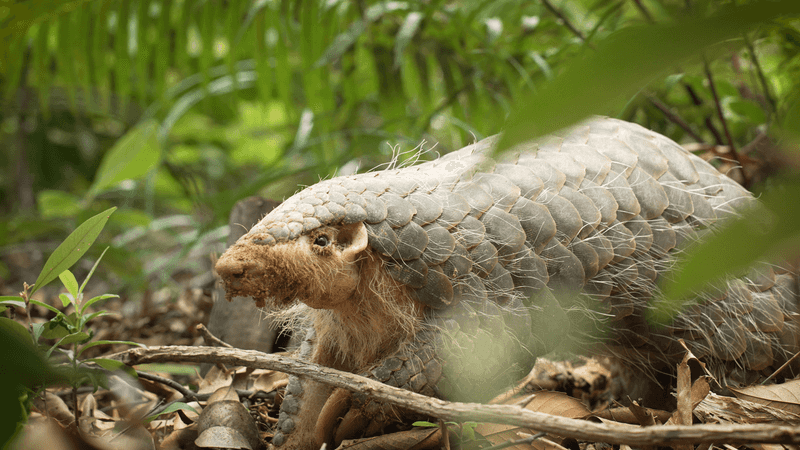
In the forests of China, the pangolin curls into a defensive ball, its scales a fortress against threats. This secretive creature, often likened to a living pine cone, is the world’s only scaled mammal.
Its tongue reaches astonishing lengths to feast on ants and termites, showcasing an unfathomable adaptation.
The pangolin’s gentle nature and peculiar habits make it a target for poachers, sparking efforts to save this enigmatic creature. Witnessing a pangolin in its natural habitat is a rare and treasured experience.
6. Okapi (Democratic Republic of the Congo)
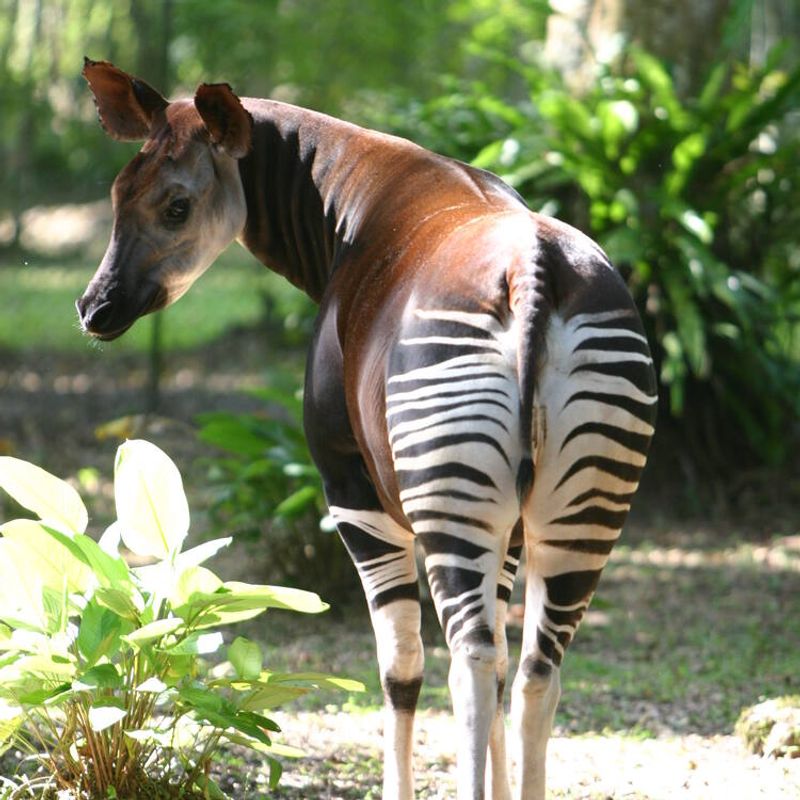
Deep within the Congolese rainforests, the okapi strides gracefully, its zebra-like stripes a striking contrast to its velvety brown coat.
This elusive creature, resembling a giraffe’s short-necked cousin, moves silently through the undergrowth. Despite its striking appearance, the okapi remains a master of camouflage, evading predators with ease.
Known as the forest giraffe, it embodies the mysterious allure of the African wilderness. Discovering an okapi is to unlock a secret of nature, a privilege granted to only the most intrepid explorers.
7. Narwhal (Canada)
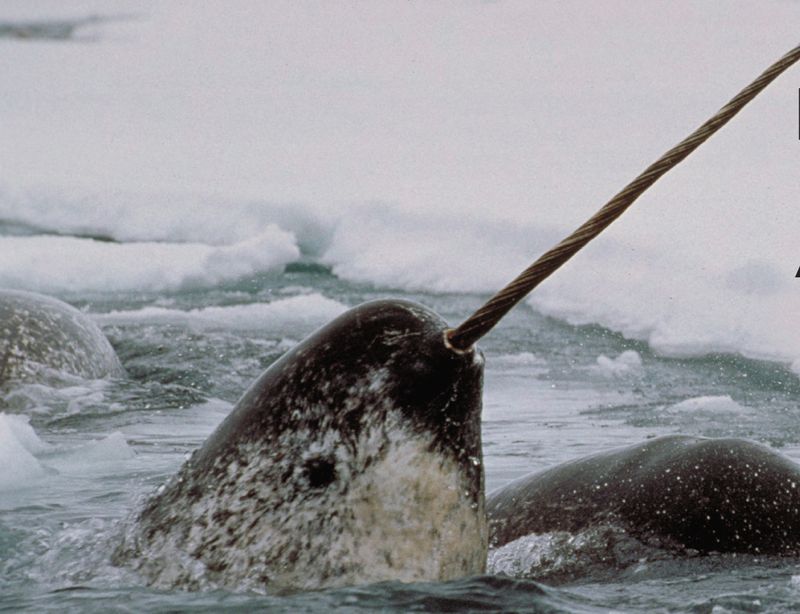
In the icy waters of Canada’s Arctic, narwhals roam, their spiraled tusks piercing the frigid air. Often dubbed the unicorns of the sea, these whales have long captivated the human imagination.
The tusk, in reality, a tooth, is used as a sensory organ in the dark depths of the ocean. Their social nature and haunting vocalizations add to their mystique.
As climate change threatens their icy realm, narwhals symbolize the fragile beauty of the polar world, a reminder of nature’s delicate artistry.
8. Kakapo (New Zealand)
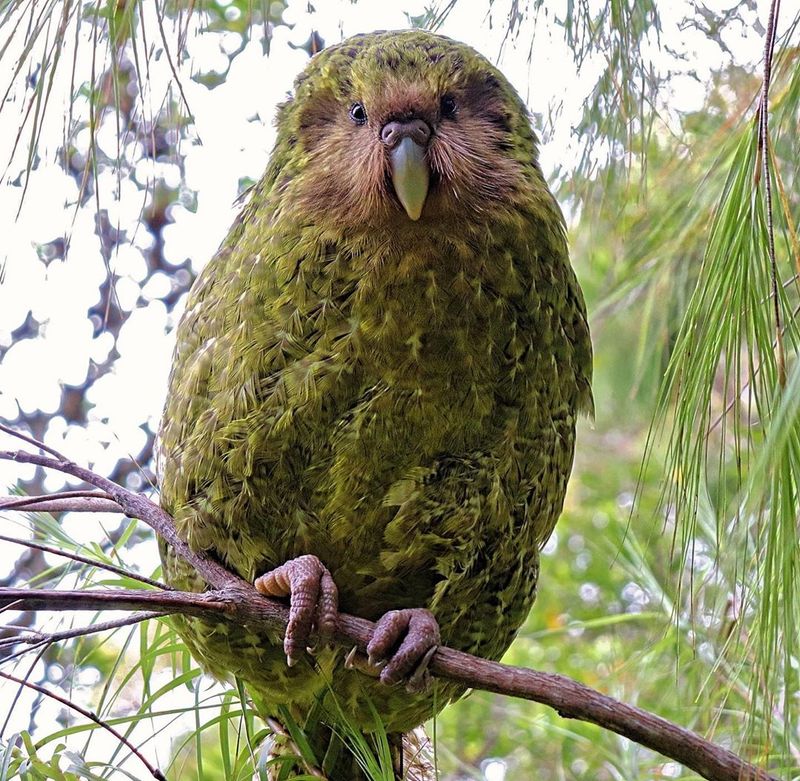
Nestled within New Zealand’s forests, the kakapo is a parrot unlike any other. This flightless bird, cloaked in mossy green plumage, waddles rather than soars.
Famous for its booming nocturnal calls, the kakapo’s charm lies in its quirky personality and resilience. Once endangered, conservation efforts have brought this gentle creature back from the brink.
With its unique mating dance and gentle demeanor, the kakapo is a beacon of hope in wildlife preservation, a living relic of a time when birds ruled the skies.
9. Proboscis Monkey (Borneo)
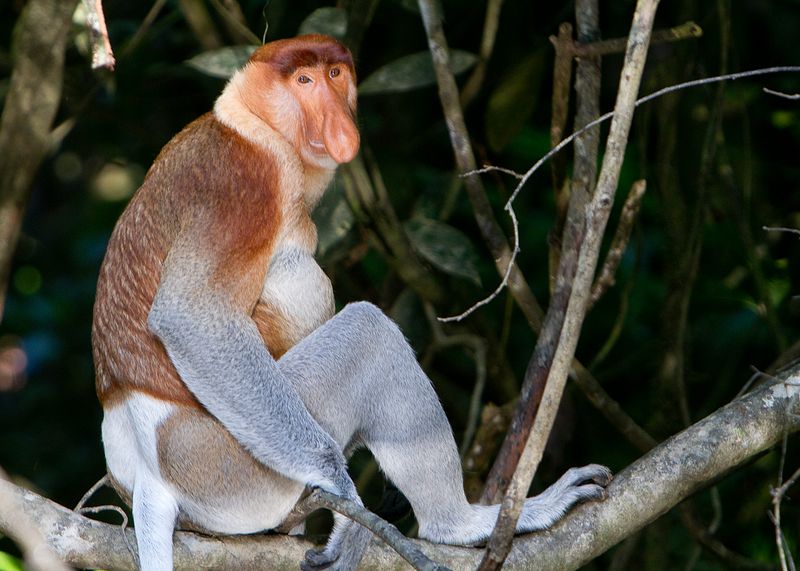
Swinging through the treetops of Borneo, the proboscis monkey is a comical sight with its bulbous nose and pot-bellied physique.
This primate’s exaggerated features serve a purpose; the larger the nose, the more alluring to potential mates. Their social hierarchies and noisy calls echo through the rainforest canopy.
Endemic to Borneo, these monkeys are an essential part of the island’s ecological tapestry. Despite their peculiar appearance, they are a symbol of the rich diversity found within Borneo’s lush rainforests.
10. Shoebill (Uganda)
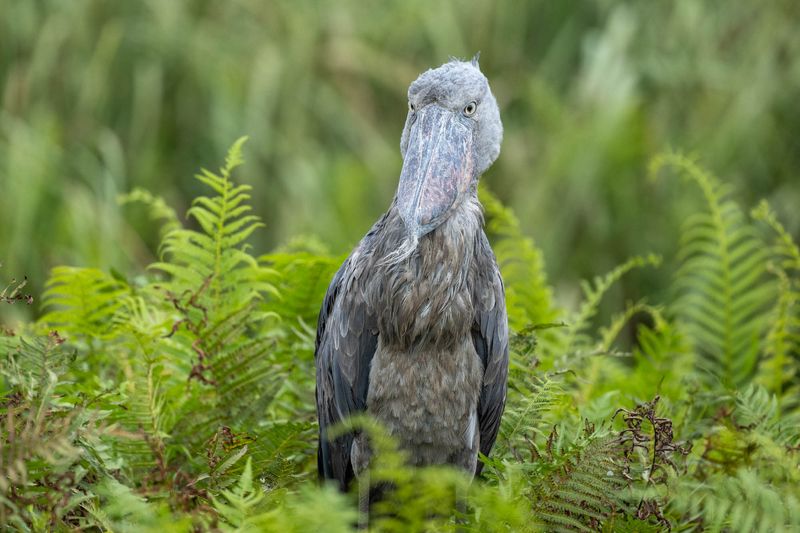
With a gaze as intense as its name, the shoebill of Uganda wades through swampy waters, a relic from a bygone era. Its enormous shoe-shaped bill is both a tool and a symbol of its ancient lineage.
This bird’s statuesque posture and slow, deliberate movements give it an almost mythical presence. Known for its unusual clattering sound, the shoebill is a masterful hunter, patiently stalking its prey.
Observing a shoebill is akin to stepping back in time, a glimpse of prehistoric majesty.
11. Tarsier (Philippines)
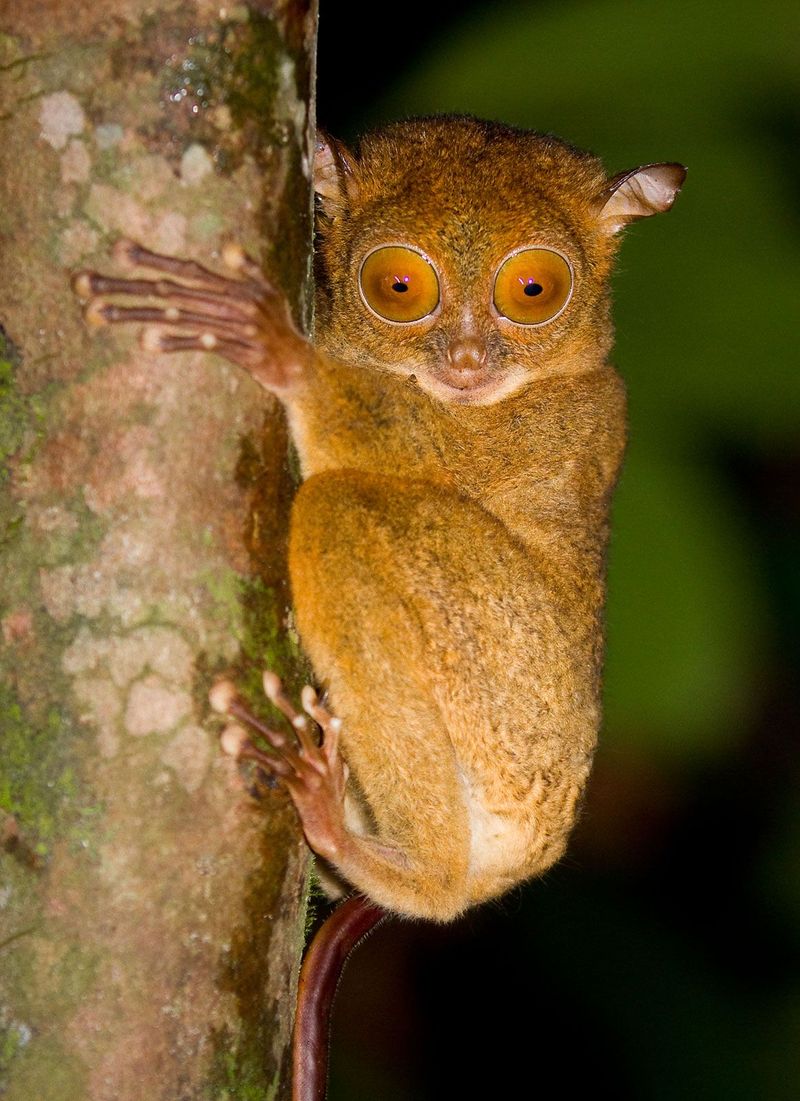
In the moonlit forests of the Philippines, the tarsier’s eyes shine like two luminous orbs, scanning for movement.
These tiny primates, with their enormous eyes and ability to rotate their heads 180 degrees, are nocturnal wonders. Leaping great distances with ease, they embody agility and precision.
Their delicate size and unique adaptations have made them a symbol of the Philippines’ rich biodiversity. Encountering a tarsier is like discovering a real-life gremlin, a creature both adorable and slightly eerie.
12. Fossa (Madagascar)
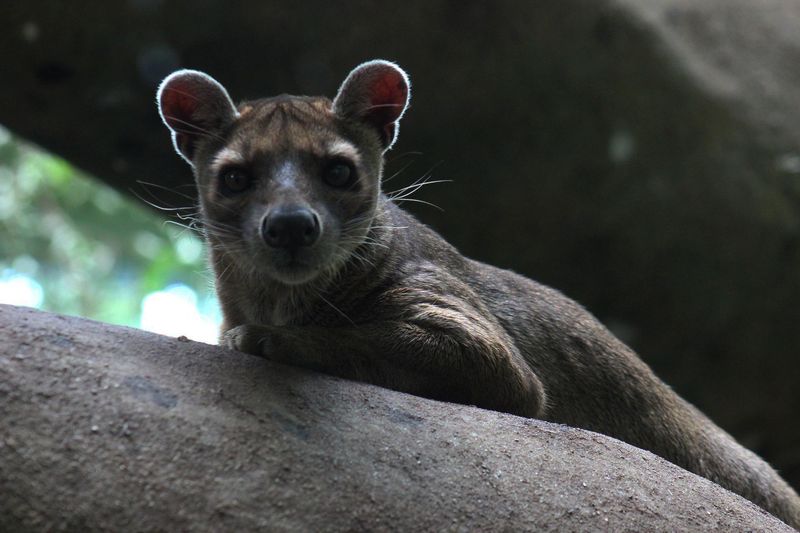
In Madagascar’s wild heart, the fossa moves with the stealth and grace of a feline predator. Despite its catlike appearance, it is a relative of the mongoose, a top predator on the island.
With strong jaws and a flexible body, the fossa reigns supreme in its forest domain. Agile and elusive, it is the nightmare of lemurs, stalking them through the treetops.
This enigmatic creature is a symbol of Madagascar’s unique evolutionary pathways, a top predator in a world unto itself.
13. Platypus (Australia)
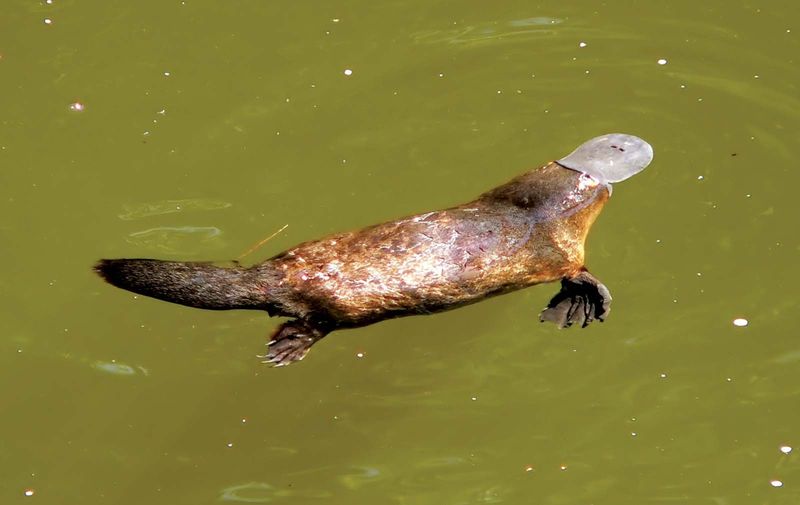
In the rivers of Australia, the platypus glides effortlessly, a bizarre blend of mammal, bird, and reptile. With a duck-like bill and webbed feet, it defies categorization.
This egg-laying mammal uses electroreception to hunt underwater, a skill that sets it apart in the animal kingdom. Its unique reproductive habits and appearance have long fascinated scientists and onlookers.
The platypus remains an icon of Australia’s extraordinary wildlife, a creature that embodies the whimsy and wonder of evolution’s grand design.
14. Quokka (Australia)
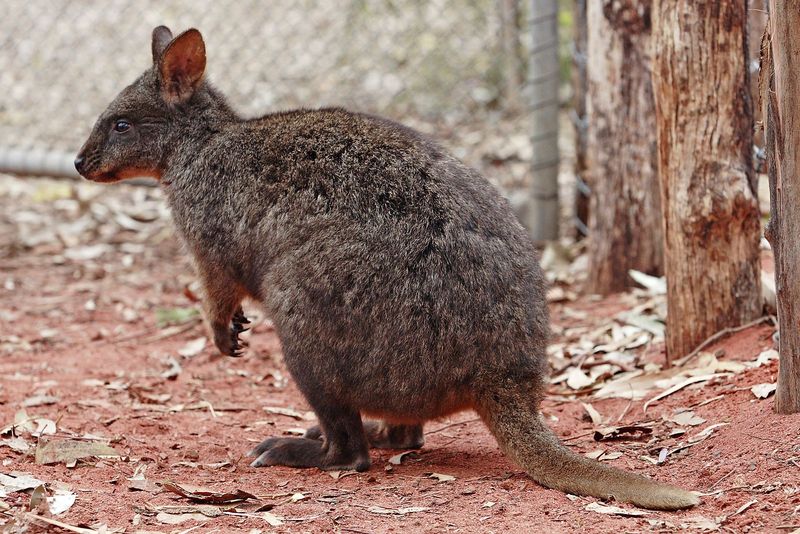
On Australia’s Rottnest Island, the quokka’s infectious grin has made it an internet sensation. Dubbed the world’s happiest animal, this small marsupial is always ready for its close-up.
Its round face and gentle demeanor inspire delight in all who encounter it. Despite its friendly appearance, the quokka is a resilient survivor, navigating the challenges of island life with ease.
Its charm lies not just in its looks but in its carefree spirit. Meeting a quokka is like finding a furry friend who embodies pure joy.
15. Blue-Footed Booby (Galápagos Islands)
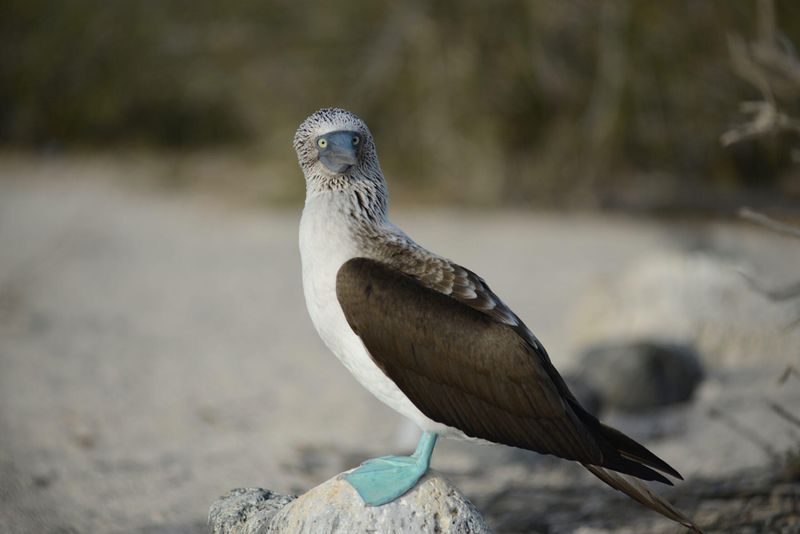
On the rocky shores of the Galápagos, the blue-footed booby struts its stuff, its cerulean feet a dazzling display of courtship.
These comical birds are as clumsy on land as they are graceful in the air, diving like torpedoes to catch fish. Their mating dance is a spectacle of high-stepping feet and sky-pointing beaks, a quirky ritual that earns smiles and admiration.
The blue-footed booby is a hallmark of the Galápagos, a living testament to the islands’ unparalleled natural wonders.
16. Axolotl (Mexico)
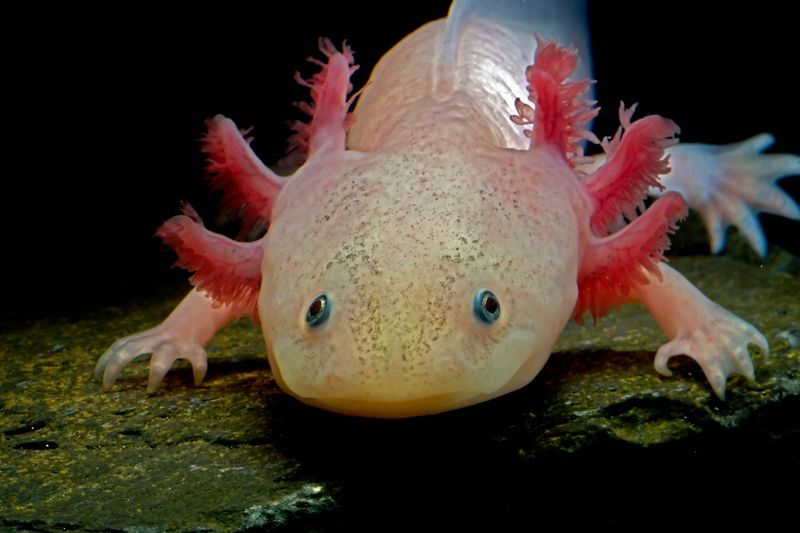
Beneath the waters of Mexico’s ancient lakes, the axolotl thrives, a creature frozen in perpetual youth. This salamander, with its feathery gills and perpetual smile, never undergoes metamorphosis, a phenomenon known as neoteny.
Its regenerative abilities are the envy of scientists worldwide, a symbol of nature’s ingenuity. Despite its magical air, the axolotl faces threats from habitat loss and pollution. Yet, it remains a cherished icon of Mexican culture, a living embodiment of resilience and mystery.
17. Babirusa (Indonesia)
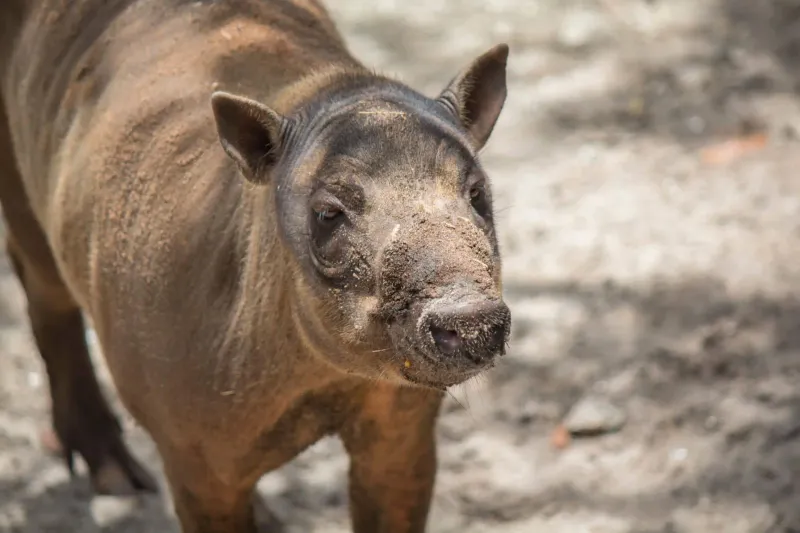
In the forests of Indonesia, the babirusa stands out with its bizarre, tusk-wielding visage. Known as the “deer-pig,” its upward-curving tusks can grow through its snout, creating an intimidating appearance.
This pig-like creature navigates the dense undergrowth with surprising grace. Despite its odd looks, the babirusa is a gentle forest dweller, playing a crucial role in its ecosystem.
Its unique adaptation and conservation status make it a focal point for environmental efforts, a reminder of Indonesia’s vibrant biodiversity.
18. Maned Wolf (Brazil)
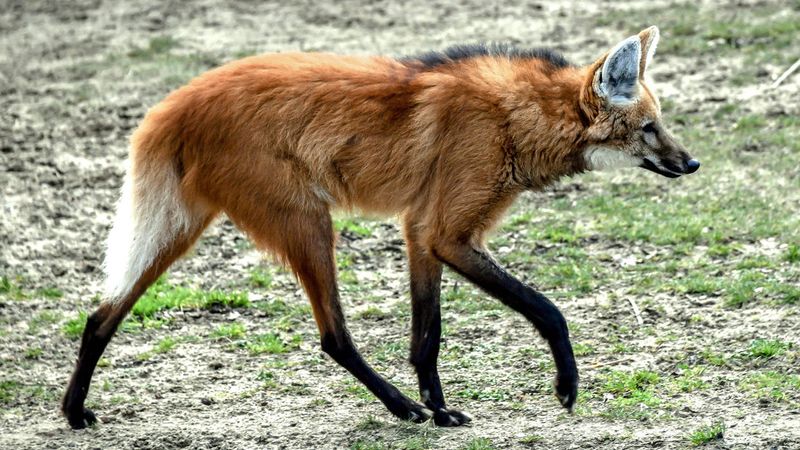
In the Brazilian savanna, the maned wolf strides with the elegance and mystery of a mythical creature. With long legs that seem to go on forever, it cuts a striking figure against the golden grass.
Despite its wolfish name, it is neither wolf nor fox but rather a unique canid species. This solitary animal’s eerie, high-pitched calls echo through the night.
Protecting the maned wolf is vital, as it embodies the untamed beauty of South America’s grasslands, a guardian of its fragile ecosystem.
19. Gelada (Ethiopia)
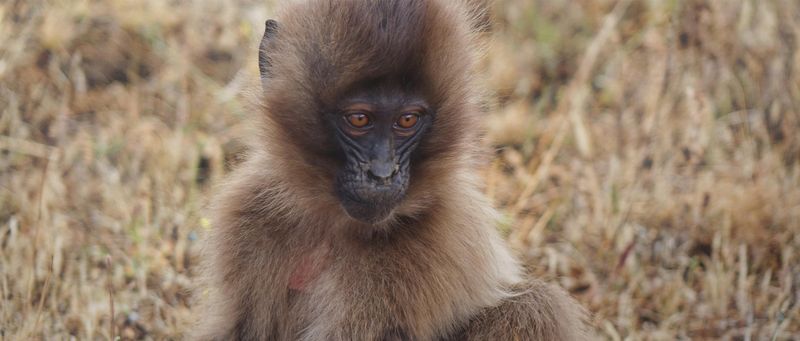
On the cliff edges of Ethiopia, geladas thrive in large groups, their social lives as intricate as any soap opera.
Known for the bright red patch on their chest, these primates chatter to communicate, an endless symphony of conversations.
Their golden manes billow in the wind as they graze on grasses, a unique diet for primates. Watching geladas interact is a captivating experience, revealing a deep-rooted bond with their kin. They are living treasures of Ethiopia’s highlands, a testament to nature’s complex beauty.
20. Tree Kangaroo (New Guinea)
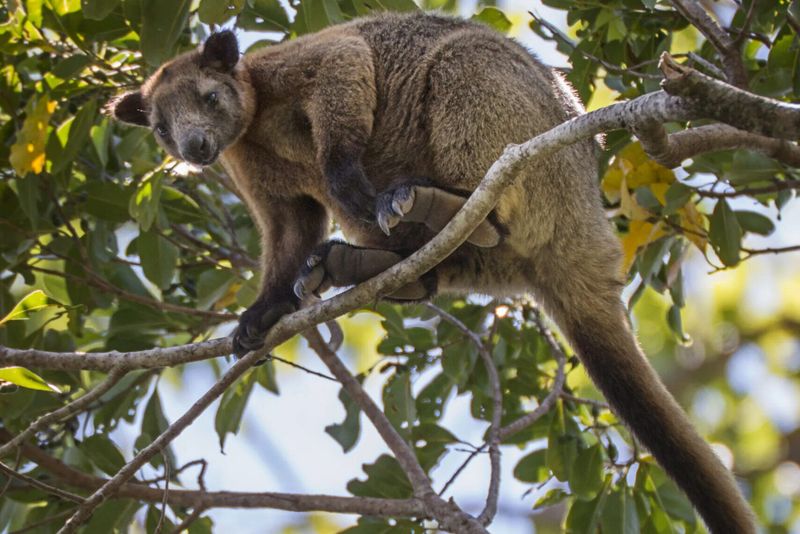
High in the trees of New Guinea, the tree kangaroo hops from branch to branch with the agility of an acrobat. Unlike its ground-dwelling relatives, this marsupial has adapted to a life among the leaves.
Its striking fur, a blend of rich browns and golds, provides camouflage against predators. Despite its skills, the tree kangaroo faces threats from deforestation and hunting.
Conservation efforts are underway to protect this arboreal wonder, a symbol of the delicate balance within New Guinea’s rainforests.
21. Sunda Colugo (Malaysia)
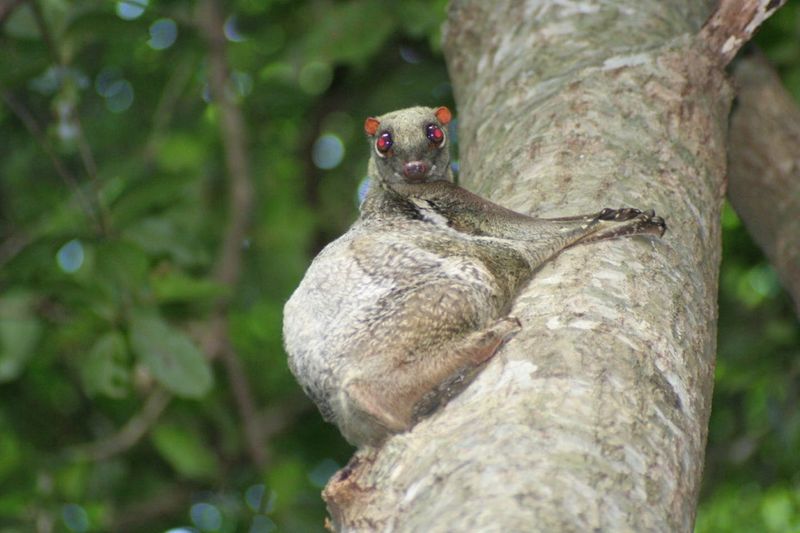
Gliding through the night skies of Malaysia, the Sunda colugo resembles a cross between a bat and a squirrel. This “flying lemur” soars from tree to tree, its wide membrane acting as a parachute.
Although called a lemur, it is more closely related to primates. Its nocturnal lifestyle and large eyes make it a master of the darkness. Yet, the Sunda colugo remains enigmatic, a creature that few have seen in the wild. It embodies the mysterious allure of Malaysia’s dense rainforests.
22. Markhor (Pakistan)
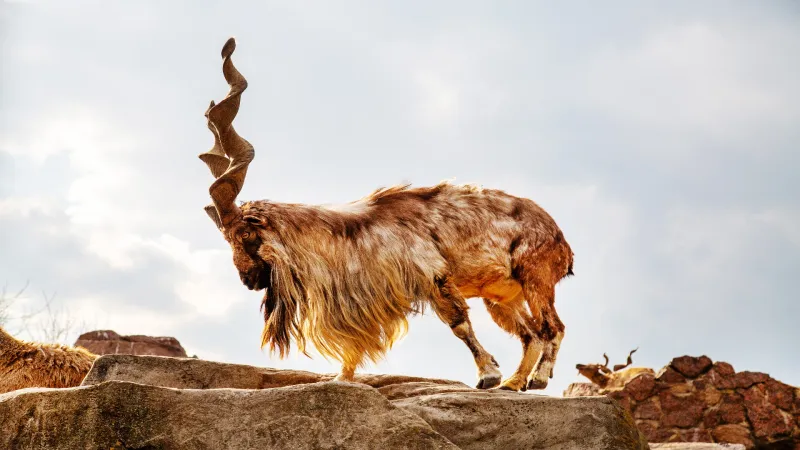
In the rugged mountains of Pakistan, the markhor stands as a majestic symbol of resilience. Its spiraled horns and robust physique make it a sight to behold. This wild goat navigates steep terrain with ease, a testament to its adaptability.
The markhor’s presence is vital for maintaining ecological balance, yet it has faced threats from hunting and habitat loss. Conservation efforts have seen populations rebound, a beacon of hope for wildlife enthusiasts. The markhor is a national treasure, a reminder of nature’s enduring strength.
23. Red Uakari (Brazil)
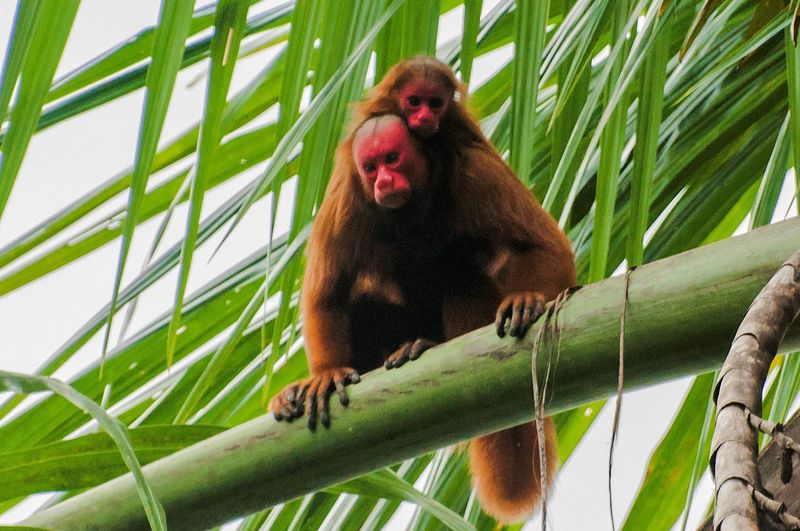
Deep in the Amazon rainforest, the red uakari monkey swings through the trees, its crimson face a startling burst of color. This primate’s red visage signals health, an evolutionary trait that stands out amid the jungle’s greens.
Despite its vivid appearance, the red uakari remains elusive, often silent as it moves through the treetops. Its shaggy coat and short tail add to its peculiar charm. Protecting its habitat is crucial, as this monkey holds a key role in the Amazon’s vibrant ecosystem.
24. Zebra Duiker (Liberia)
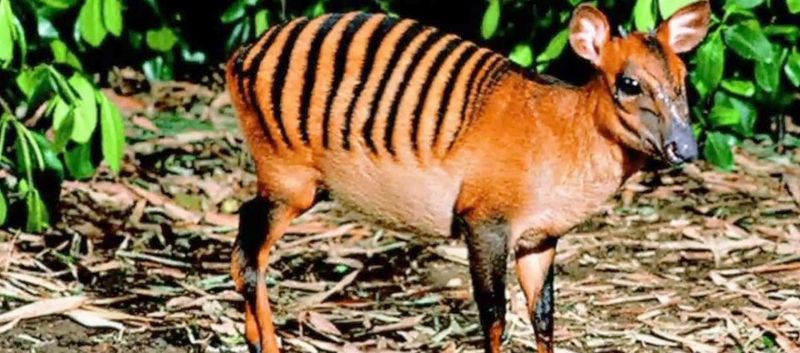
In the forests of Liberia, the zebra duiker is a shy and elusive creature with a striped coat that mimics its equine namesake. This small antelope, with its delicate horns and compact build, forages for fruit and leaves on the forest floor.
Its unique appearance and gentle demeanor make it a symbol of West Africa’s rich biodiversity. The zebra duiker faces threats from hunting and habitat loss, driving conservation efforts to protect its dwindling numbers. It is a hidden gem within Liberia’s lush landscapes.
25. Golden Snub-Nosed Monkey (China)
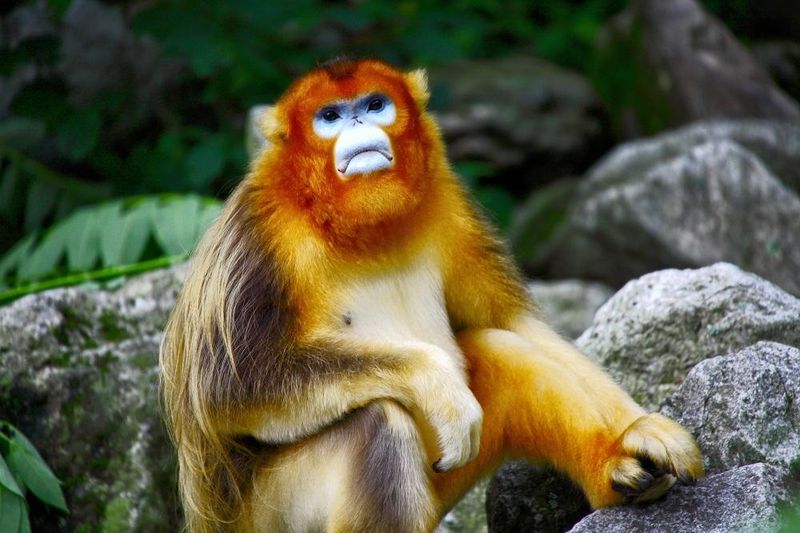
Nestled in the snowy forests of China, the golden snub-nosed monkey is a vision of vibrant color. Its bright orange fur and blue face create a striking contrast against the winter landscape. These social animals huddle together for warmth, their bonds as strong as their striking appearance.
Often found in high-altitude forests, they are a testament to adaptability in harsh climates. Protecting these monkeys is essential, as they are a charismatic ambassador for China’s diverse wildlife and a symbol of resilience.
26. Star-Nosed Mole (United States)
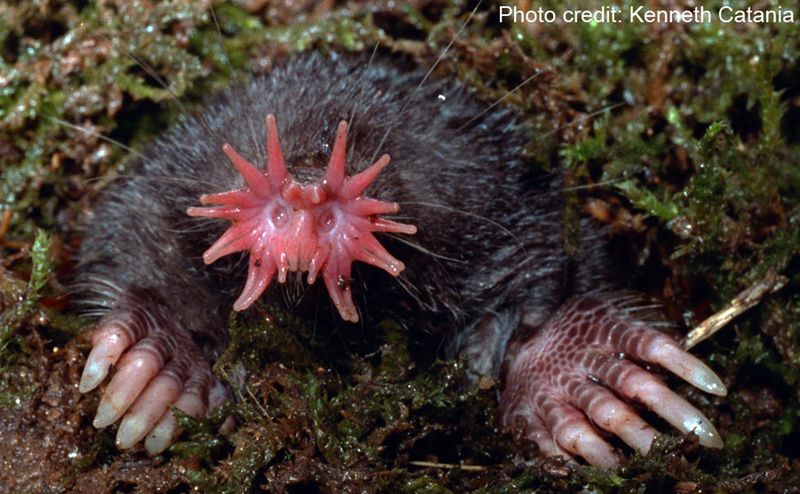
Beneath the surface of American forests, the star-nosed mole tunnels with unerring precision. Its star-shaped nose, a marvel of sensory evolution, is a tool unlike any other, allowing it to detect prey in complete darkness.
This subterranean creature is a master of the underworld, its powerful claws and streamlined body perfectly adapted for life below ground. Despite its odd appearance, the star-nosed mole plays a crucial role in its ecosystem, aerating soil and controlling insect populations. It is a testament to nature’s ingenuity.
27. Komodo Dragon (Indonesia)
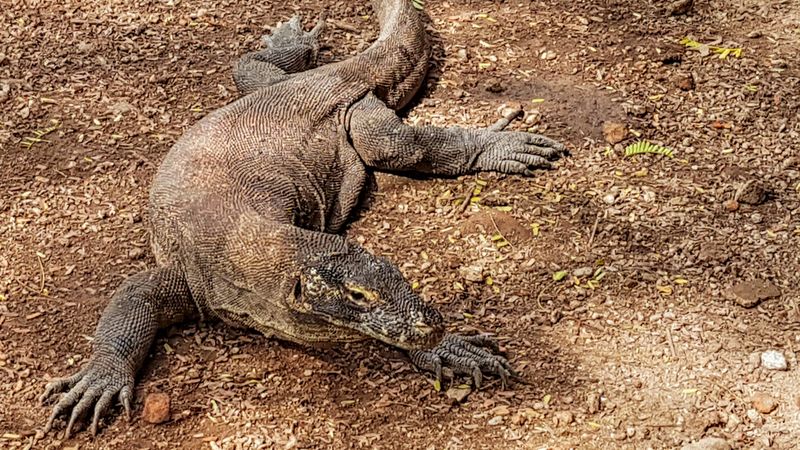
On the sun-drenched islands of Indonesia, the Komodo dragon reigns supreme as the largest lizard in the world. With its armored scales and powerful physique, this apex predator commands respect. The Komodo’s forked tongue flicks the air, tasting the world around it, a hunting technique both primitive and effective.
Its existence is a reminder of Earth’s prehistoric past, a living dinosaur that captivates with every lumbering step. Protecting the Komodo dragon is vital for maintaining the ecological balance of its island home.
28. Vaquita (Mexico)
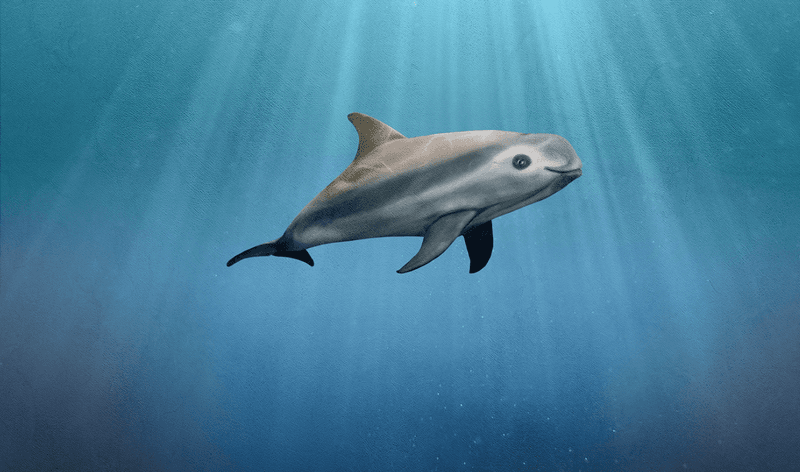
In the warm waters of the Gulf of California, the vaquita swims, a small porpoise on the brink of extinction. With a face that seems to smile, it is the world’s rarest marine mammal.
Despite its elusive nature, the vaquita has become a symbol of conservation efforts, sparking global campaigns to save it from illegal fishing practices.
Its plight underscores the importance of protecting our oceans and the creatures that call them home. The vaquita’s survival is a race against time, a battle for nature’s forgotten treasures.
29. Tasmanian Devil (Australia)
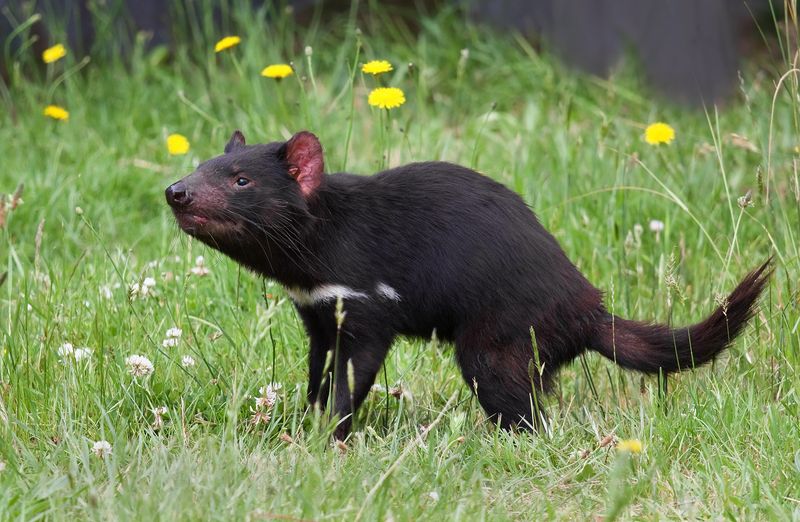
In the moonlit wilderness of Tasmania, the devil prowls, its growls echoing through the night. This carnivorous marsupial, with its sharp teeth and fierce demeanor, is a creature of both legend and reality.
Despite its fearsome reputation, the Tasmanian devil plays a vital role in its ecosystem, scavenging carrion and controlling pest populations.
Disease has threatened its survival, prompting urgent conservation efforts. The Tasmanian devil remains an iconic symbol of Australia’s unique wildlife, a reminder of the delicate balance within nature’s web.
30. Sifaka (Madagascar)
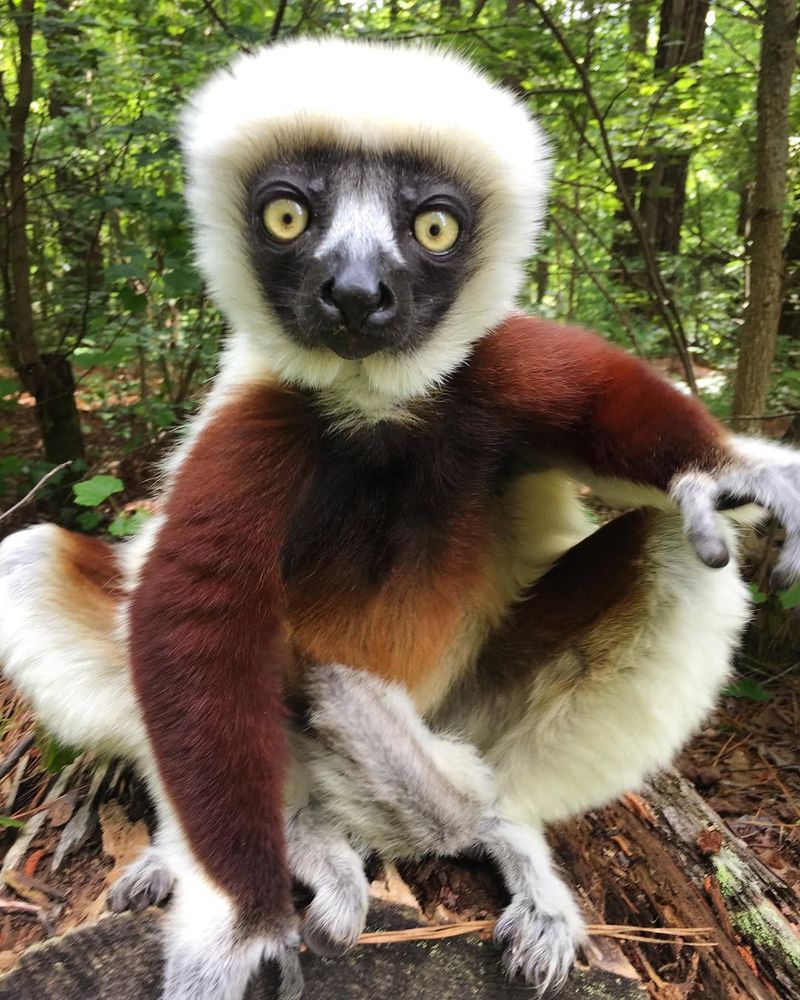
In Madagascar, the sifaka’s acrobatic leaps between trees resemble a ballet of the wild. Its long limbs and striking white fur make it a captivating presence in the jungle.
Known for its “dancing” movements on the forest floor, the sifaka is a lemur with flair. These social creatures maintain tight-knit family groups, their vocalizations echoing through the canopy.
With habitat loss threatening its future, the sifaka is a focal point for conservation. It embodies the spirit of Madagascar’s unique biodiversity, a dancer in nature’s grand performance.
31. Numbat (Australia)
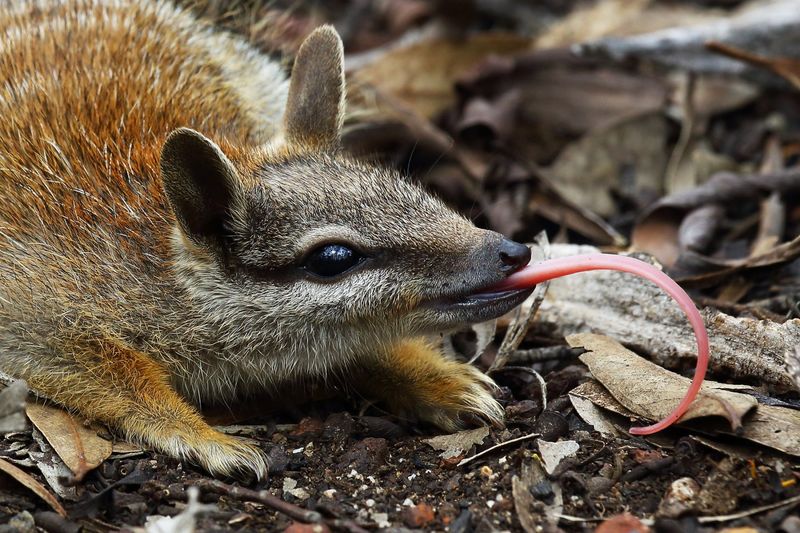
Australia is home to the numbat, a small and peculiar marsupial. Known for its striking black and white striped back, this termite-eating animal is a diurnal hunter, differentiating it from many nocturnal marsupials.
Numbats are equipped with an elongated snout and a long, sticky tongue, perfect for extracting termites from nests. Their habitats are eucalyptus woodlands, where they use logs and burrows for shelter.
Despite their vibrant appearance, numbats are solitary creatures. Conservation efforts are ongoing to boost their population, as they face threats from habitat loss and introduced predators. Marvel at this unique blend of stripes and snout!
32. Mantis Shrimp (Pacific Ocean)
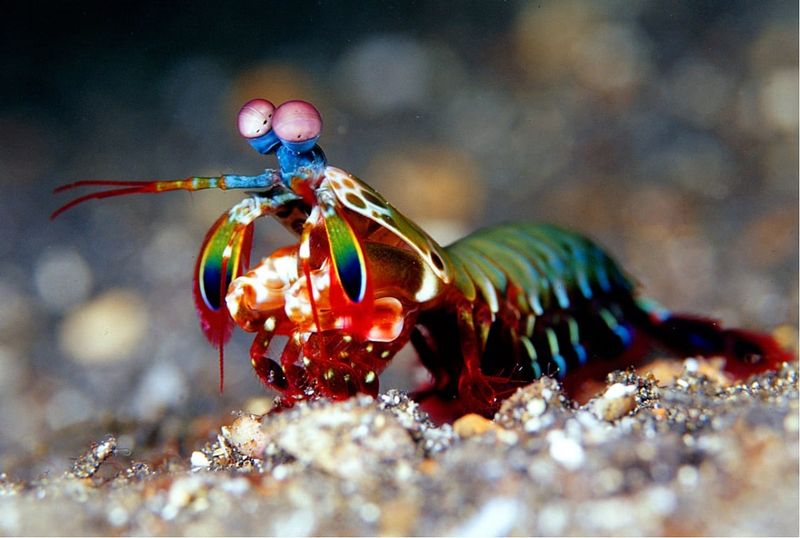
The Mantis Shrimp, found in the warm waters of the Pacific Ocean, is a truly remarkable creature. This small but mighty marine animal is known for its powerful claws, which it uses to strike with the speed of a bullet—up to 50 miles per hour.
This incredible strike force allows the mantis shrimp to break through shells of mollusks and crustaceans, making it a formidable predator in its environment.
What’s even more fascinating is the mantis shrimp’s vision; it has one of the most complex eyes in the animal kingdom, capable of seeing polarized light and ultraviolet rays.
33. Galápagos Tortoise (Galápagos Islands)
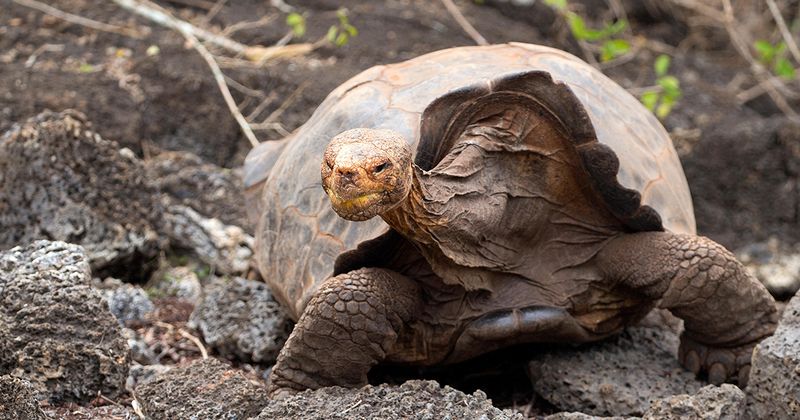
The Galápagos Tortoise is one of the oldest living species on Earth, renowned for its impressive lifespans, often exceeding 100 years. Native to the Galápagos Islands, these slow-moving reptiles have evolved to survive in one of the most unique ecosystems in the world.
The tortoises’ distinct ability to store water and survive on sparse vegetation has made them particularly well-suited to the islands’ dry, arid conditions.
There are several subspecies of the Galápagos Tortoise, some of which are renowned for their different shell shapes, which help them adapt to their environments, such as the domed and saddle-backed varieties.

